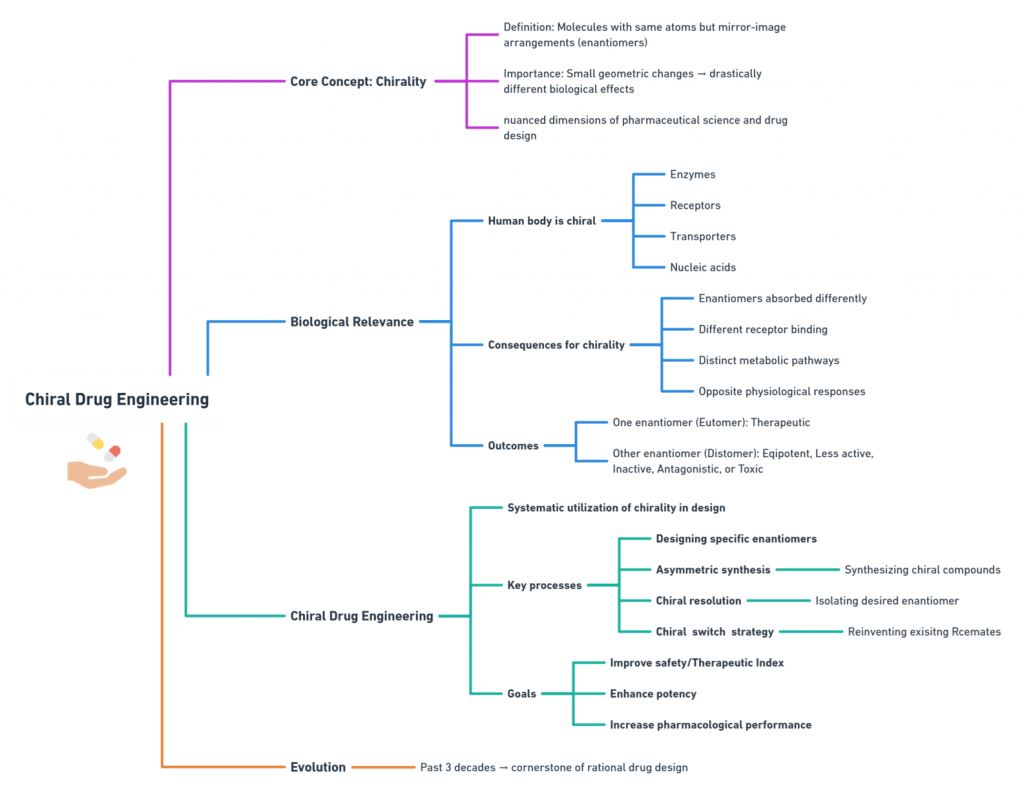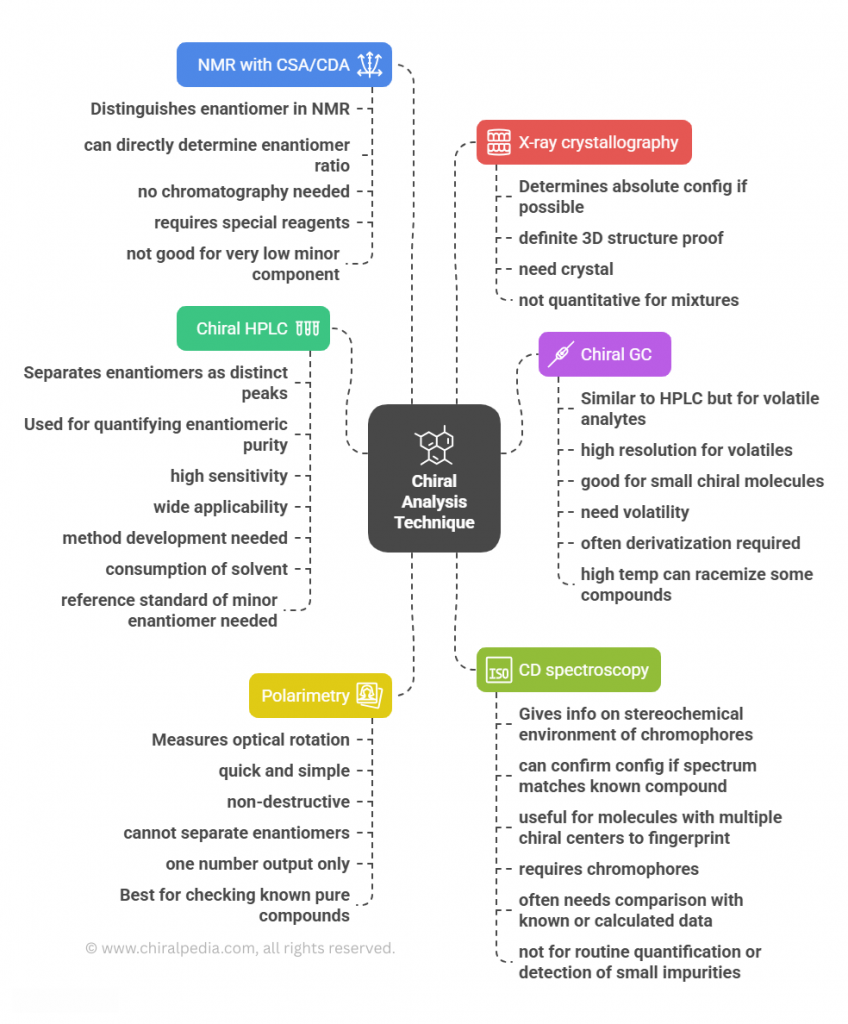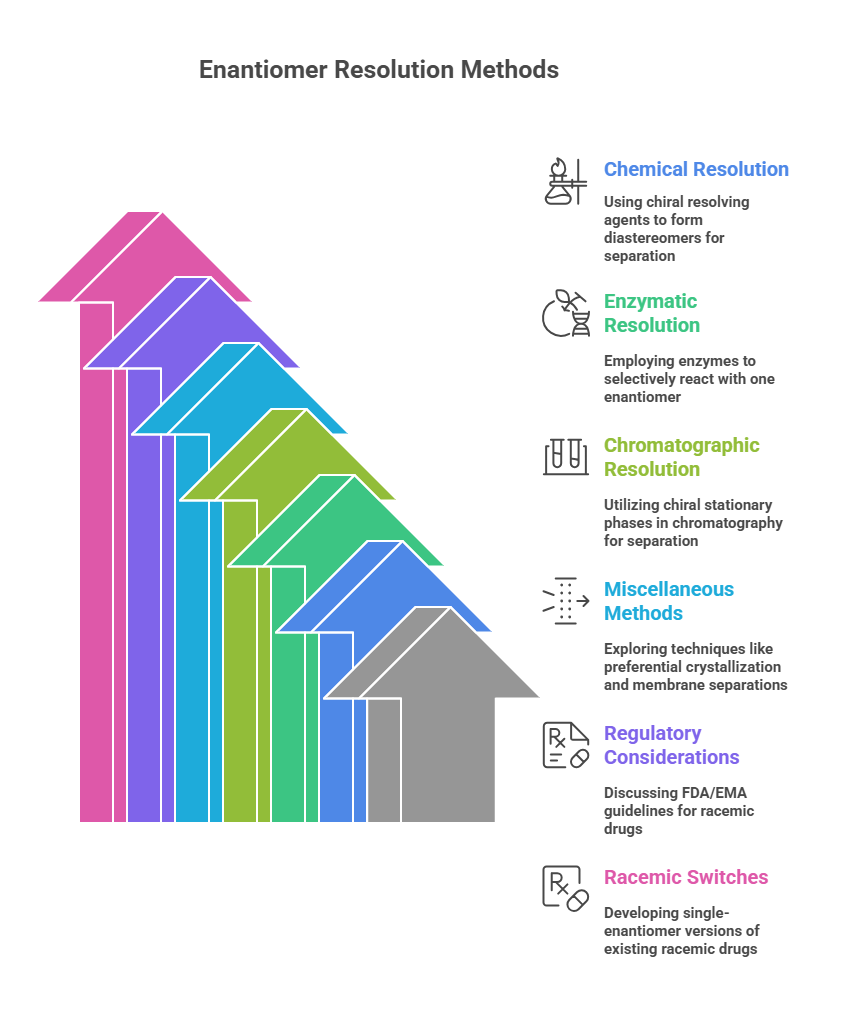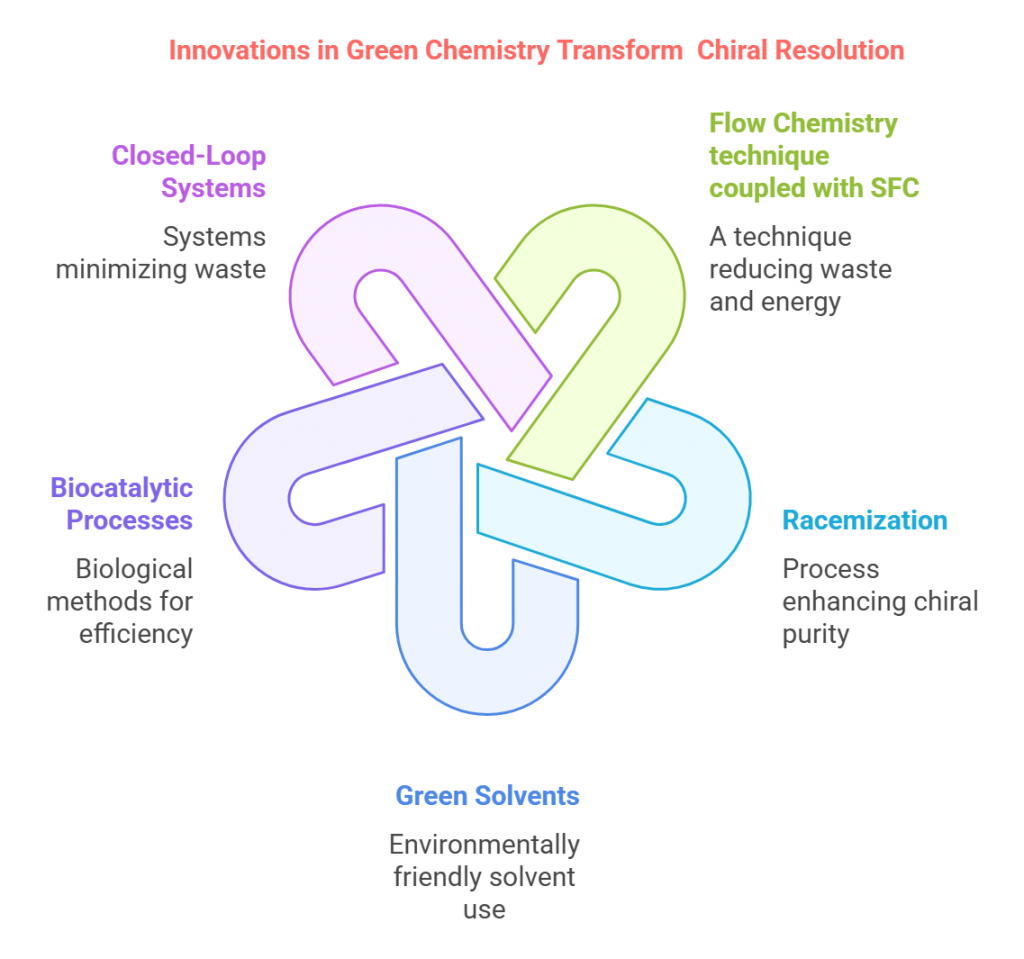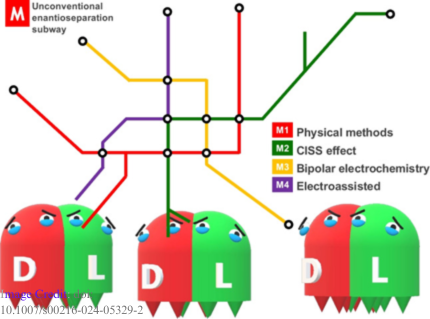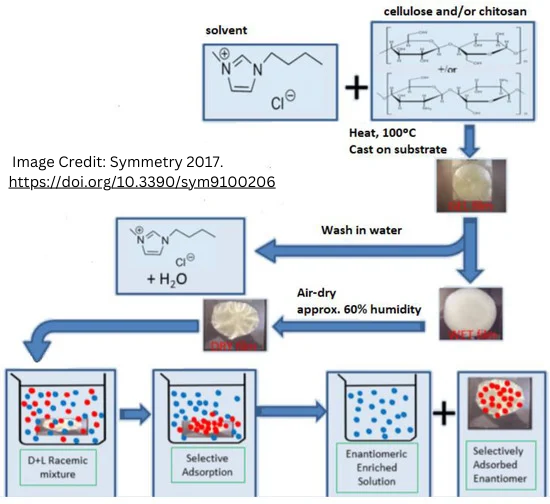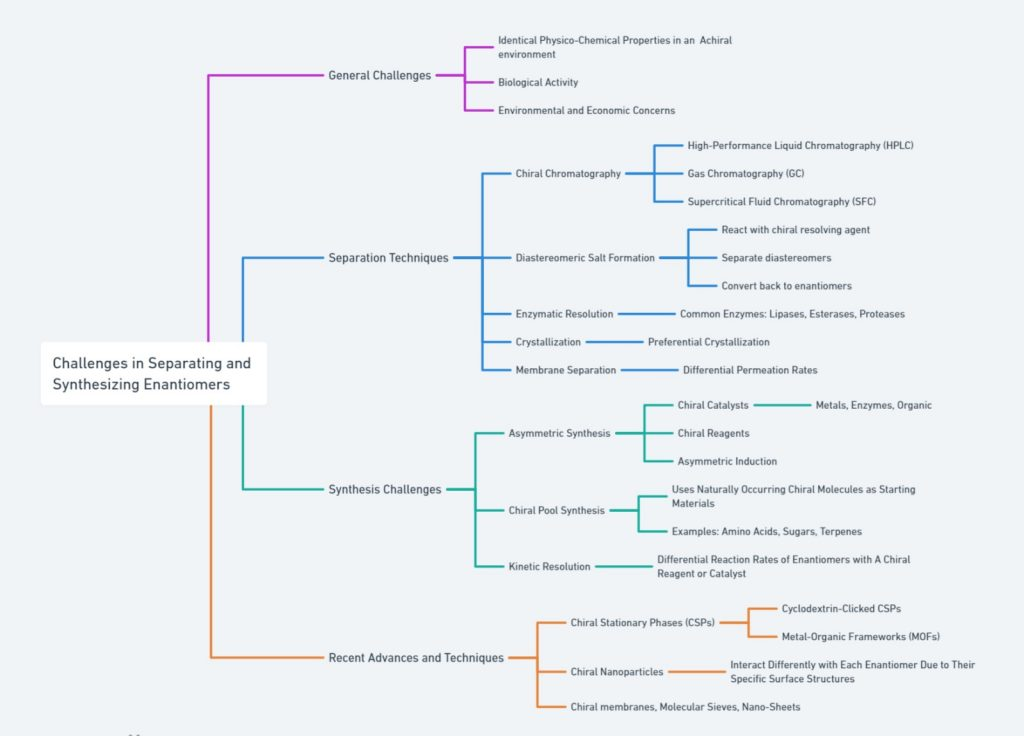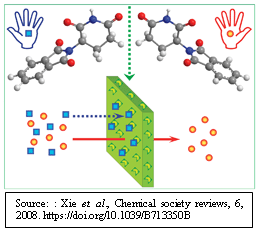Chiral Drug Engineering: Building Safer, Smarter, and More Selective Medicines
Where a molecule’s handedness meets clever engineering—shaping safer, more precise, and more effective medicines. Introduction: Why Chirality Matters in Drug Engineering In the world of drug design, a subtle twist in molecular geometry can change everything. Two molecules may share the same atoms and bonding pattern yet behave like entirely different substances simply because they are arranged as non-superimposable mirror images—enantiomers. This property, known as chirality, is one of the most critical yet nuanced dimensions …
Chiral Drug Engineering: Building Safer, Smarter, and More Selective Medicines Read More »
